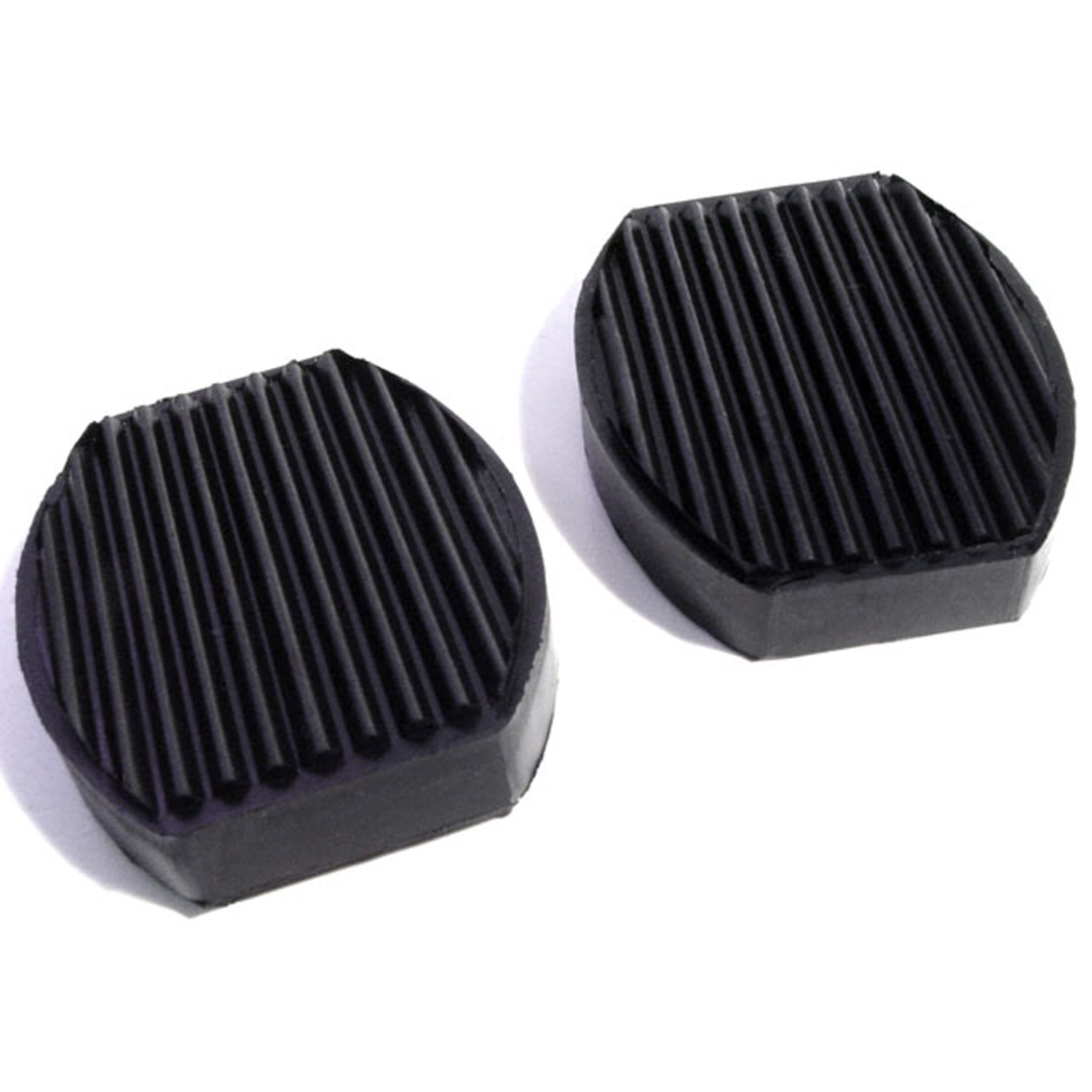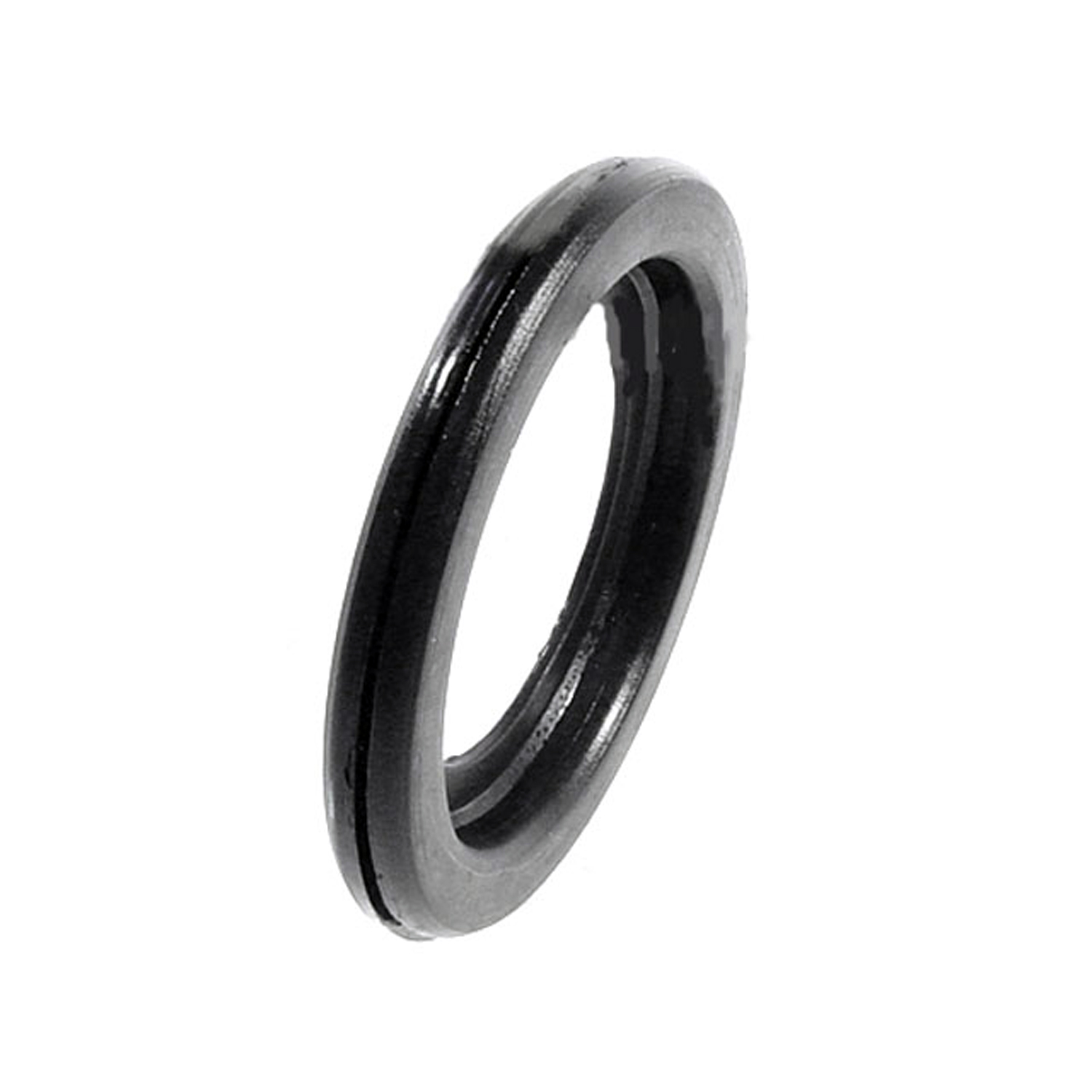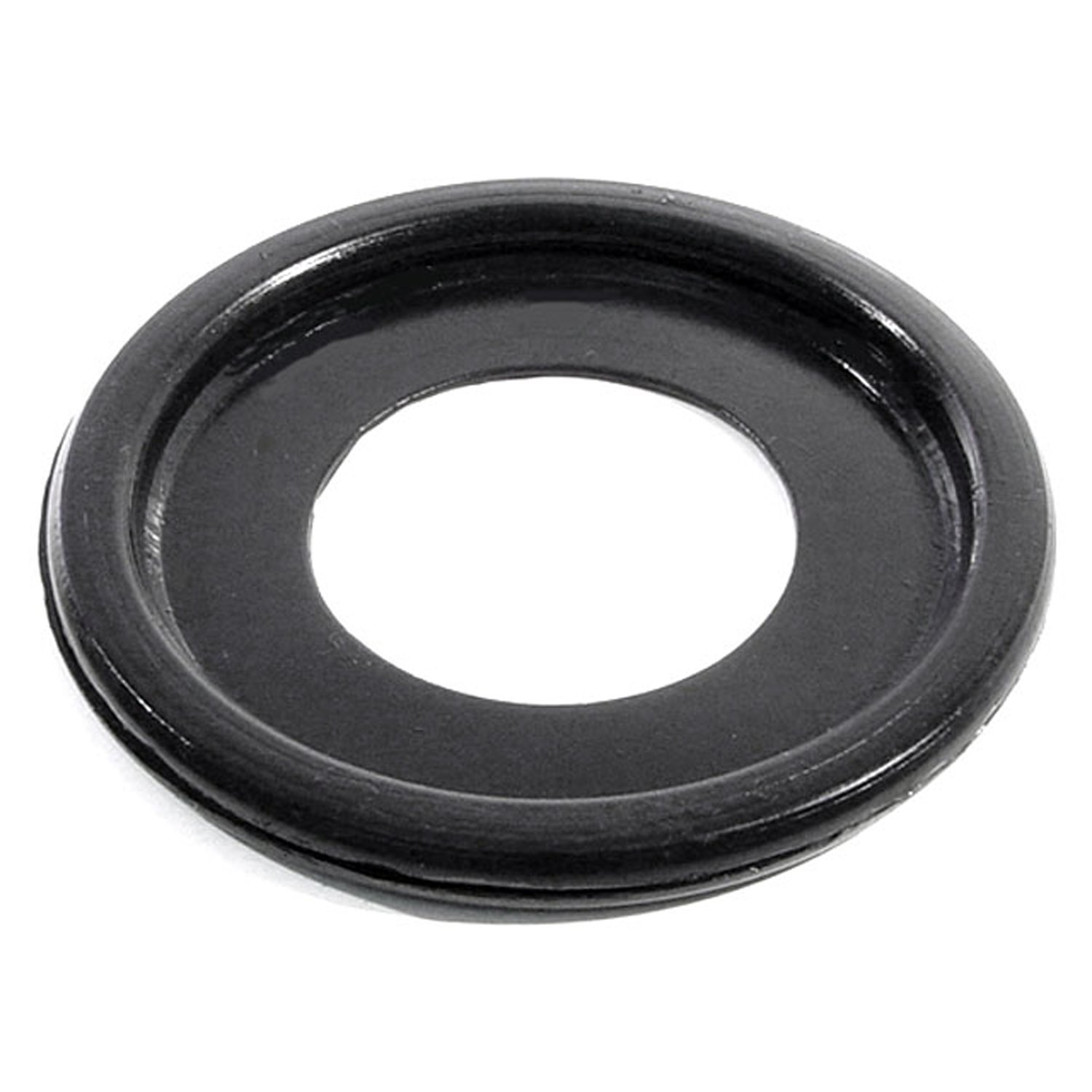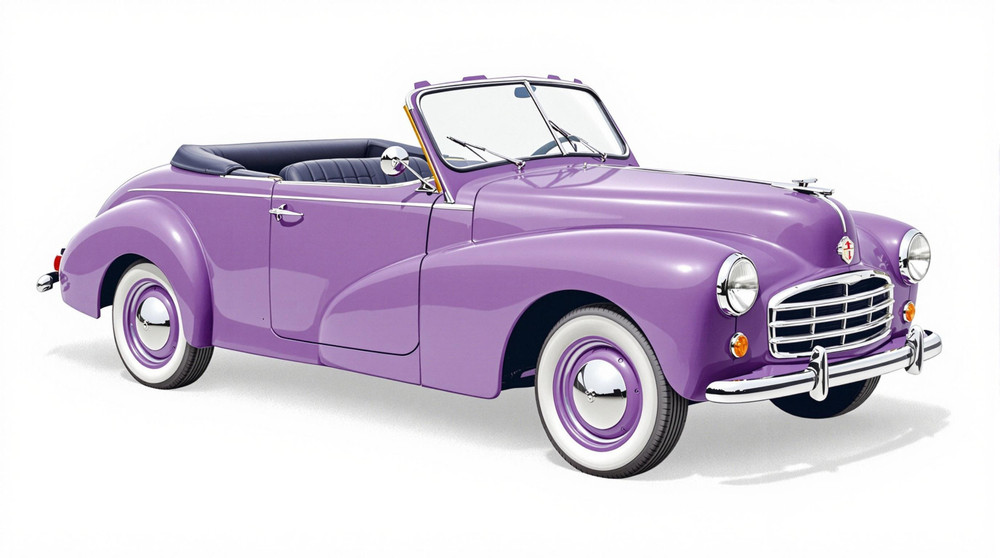Image of 1949 Crosley Crosley, Note: These illustrations use artistic license and may differ from actual historical models.
Performance Metrics
Fundamental Metrics
Emotional Appeal
MMP Rating
| Engine Specifications | |
|---|---|
| Engine: | Inline 4 |
| Displacement: | 44 cu in (724 cc) |
| Horsepower: | 26.5 hp |
| Torque: | Estimated 32 lb-ft |
| Compression Ratio: | 6.5:1 |
| Ignition System: | Coil ignition |
| Cooling System: | Water-cooled |
| Performance Specifications | |
| 0-60 Time: | Estimated 30 seconds |
| 1/4 Mile Time: | Not available |
| Top Speed: | 50 mph |
| Transmission and Drive | |
| Drive Type: | RWD (Rear Wheel Drive) |
| Transmission Type: | 3-speed manual |
| Fuel and Efficiency | |
| Fuel System Type: | Carburetor |
| MPG: | Estimated 35 mpg |
| Dimensions and Brakes | |
| Brakes: | Hydraulic drum brakes |
| Wheelbase: | 80 in (2,032 mm) |
| Weight: | 1,100 lbs |
Note: Specifications for classic cars are given to the best of our ability, considering the limited and variant data available.
A Journey Back to the Birth of the Compact: The 1949 Crosley Crosley
In the wake of World War II, America was ripe for innovation, and the 1949 Crosley Crosley was a testament to that spirit. Born from the ambitious mind of Powel Crosley Jr., an industrialist who had already made his mark with radios and refrigerators, this vehicle was a bold step into the automotive industry. The Crosley car, manufactured by the Crosley Motors Incorporated, stood as a beacon of American ingenuity and a harbinger of the compact cars that would later sweep the nation.
The Crosley was more than just a car; it was a symbol of post-war frugality and forward-thinking design. One particularly intriguing fact about this vehicle is that it featured one of the first uses of disc brakes on an American car, a feature that wouldn't become common until decades later.
Design and Innovation: A Peek into Post-War Practicality
The exterior styling of the 1949 Crosley was characterized by its simplicity and economy of design. With its rounded fenders, compact dimensions, and utilitarian appeal, it captured the essence of post-war minimalism. Inside, the interior was spartan but functional, with materials chosen more for durability than luxury. Despite its modesty, the Crosley did offer some technological advancements for its time, such as overhead camshaft engines and those pioneering disc brakes mentioned earlier.
Color options for the Crosley were typical of the era's palette—subdued hues that reflected post-war sensibilities. Among these, shades like 'Crosley Red' and 'Sheffield Gray' were popular choices. The car came in several body styles including a convertible, wagon, pickup, and sedan, with the station wagon being one of the most iconic and sought-after models.
Historical Significance: The Compact Car Pioneer
The 1949 Crosley's impact on automotive design was profound. It challenged American norms that equated size with quality and luxury. In an age where bigger often meant better, the Crosley dared to be small—and in doing so, paved the way for future compact cars. Its economical use of space and fuel-efficient engine set it apart from gas-guzzling contemporaries and left a lasting influence on automotive engineering.
Performance and Handling: Navigating Post-War Roads
Performance-wise, the Crosley's modest inline-four engine wasn't going to break any speed records; top speeds hovered around 60 mph with acceleration to match its humble powertrain. However, handling was where this lightweight vehicle shone—it could navigate bumps and windy roads with surprising agility for its time. Driving a Crosley was an experience in minimalism; from the hum of its small engine to the tactile feedback through its thin steering wheel.
Ownership Experience: The Everyman's Car
The 1949 Crosley found its niche as an economical daily driver but also enjoyed popularity in other areas such as racing due to its lightweight construction. Maintenance was relatively straightforward, making it accessible for average owners to keep running. Its reliability varied—some components like those early disc brakes were innovative but could be problematic.
Fun Facts: The Little Car That Could
The Crosley has its share of trivia; for instance, it held a record for being one of the smallest cars offered in America at that time. While not known for celebrity ownerships like other classics might be, it did have an appeal among those who appreciated its quirks and efficiency. Common criticisms included underpowered engines and issues with early models' reliability.
Collector's Information: A Compact Treasure
Today's collectors might find a 1949 Crosley fetching anywhere from $10,000 to $25,000 depending on condition—a testament to its rarity and charm. With production numbers estimated in the low thousands for each model year, stumbling upon one is a treat for any classic car enthusiast. As appreciation grows for unique historical vehicles, the value of well-preserved Crosleys seems to be on an upward trend.
Conclusion: Celebrating Compact Innovation
The 1949 Crosley may not have been a powerhouse or luxury icon, but it carved out its own niche in automotive history as a pioneer of compact design. Its legacy is seen today in every small car that prioritizes efficiency over excess—a testament to Powel Crosley Jr.'s vision that still resonates with enthusiasts around the world.
1949 Crosley Crosley Catalog of Parts
 1949 Crosley Crosley Clutch and Brake Pedal Pads. 2-5/16" wide X 2-3/4" long-CB 104Clutch and Brake Pedal Pads. 2-5/16" wide X 2-3/4" long. Pair
1949 Crosley Crosley Clutch and Brake Pedal Pads. 2-5/16" wide X 2-3/4" long-CB 104Clutch and Brake Pedal Pads. 2-5/16" wide X 2-3/4" long. Pair 1949 Crosley Crosley Gas Filler Grommet. Two used per car. 1-3/8" I.D-GF 33Gas Filler Grommet. Two used per car. 1-3/8" I.D., 2-3/8" O.D. Each
1949 Crosley Crosley Gas Filler Grommet. Two used per car. 1-3/8" I.D-GF 33Gas Filler Grommet. Two used per car. 1-3/8" I.D., 2-3/8" O.D. Each 1949 Crosley Crosley Gas Filler Grommet. 1-1/4" I.D., 2-11/16" O.D. Each-GF 34Gas Filler Grommet. 1-1/4" I.D., 2-11/16" O.D. Each
1949 Crosley Crosley Gas Filler Grommet. 1-1/4" I.D., 2-11/16" O.D. Each-GF 34Gas Filler Grommet. 1-1/4" I.D., 2-11/16" O.D. EachWhy Choose Metro?
For over 100 years, Metro Moulded Parts has been the pinnacle of quality in classic car restoration parts. Our commitment to precision and authenticity in every component ensures a perfect fit and an OEM-level appearance.
- Expert Craftsmanship & Quality: Each part is a testament to our dedication to reliability and perfection, crafted from original designs and thoroughly tested.
- Advanced Technology: We use cutting-edge techniques to create flawless, long-lasting parts that surpass others in performance.
- SuperSoft Sponge – The Ultimate Door Seal: Not only are our door seals 30% softer than competitors', but they're also guaranteed to never leak. They effectively reduce wind and road noise, enhancing your classic car's comfort and driving experience.
- Proudly American: Our parts are a product of American craftsmanship, made in the USA with a spirit of excellence and heritage.
- Unrivaled Warranty: We back our products with a 30-year industry-leading warranty, a testament to our confidence in their quality.
Join us in preserving the legacy of classic cars with parts that are crafted for perfection, not just made.

